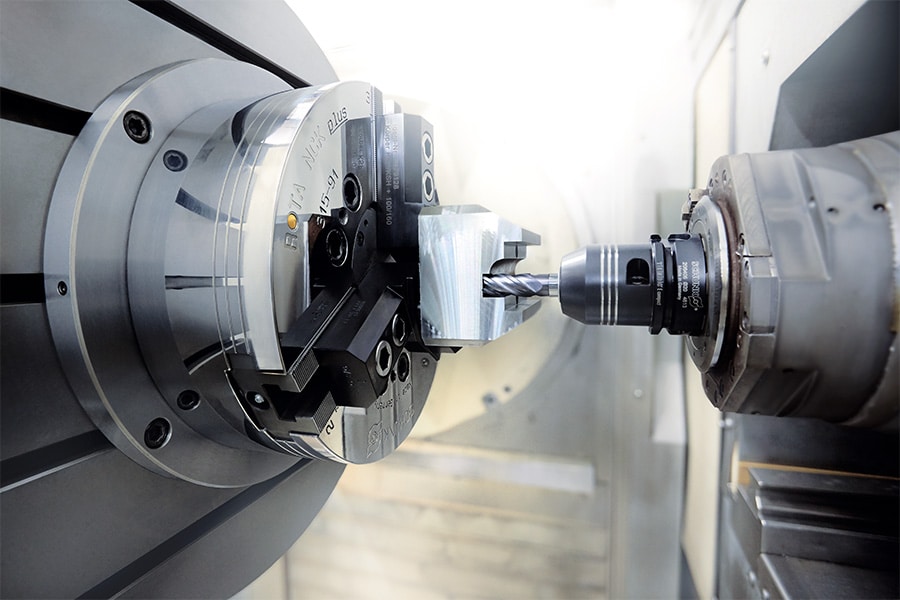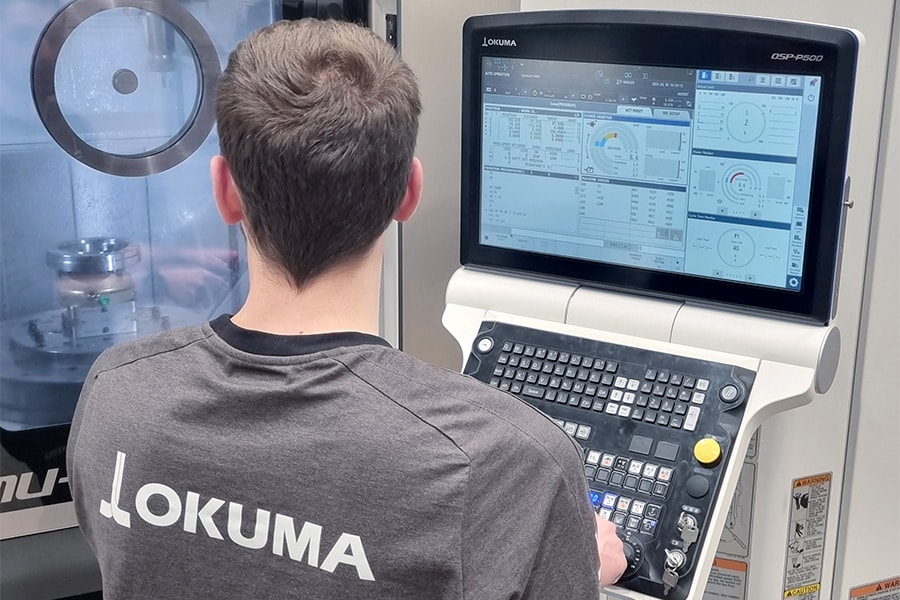
Productivity and efficiency in grinding
Where the most money creeps into manual grinding? That's a no-brainer. The manpower and the abrasives. Together, they make up 90% of the cost. Since the wages your employees receive take the lion's share of that, when it comes to grinding, time is money. In this article, we'll give you an insight into what grinding costs and how you can raise the bottom line.
The time it takes to complete a grinding job is crucial. The shorter your employees are with it, the higher their productivity will be and the higher the potential cost savings for you. The main factors that will have their impact on grinding time are:
- the output of the grinder;
- the nutritional power;
- strain and physical discomfort in your employees;
- time needed to replace abrasives;
- accessibility.
Output does not say everything
The grinder's output, in other words how much material it can remove, is probably the most important factor in the overall cost of grinding. But its performance doesn't just get there. Those will depend on how high the feed force is and how good his technique is. Of course, that then also requires the right choice of abrasives to maximize material removal and minimize wear on the grinding wheels.
Right choices in function of application
The relationship between maximum material removal and abrasive wear depends on making the right choices according to the application. Based on the materials in question and the output of the tool, it is admittedly possible to determine in advance how those choices should be made. Thus, there is a direct correlation between good grinding efficiency and the right material options: quality tools and abrasives adapted to the specific task. Investing in equipment should therefore be seen as a long-term investment in productivity, not a short-term cost. Ergonomic design, for example, can contribute significantly to this.

Investing in material is investing in people
The benefits in productivity of an employee working efficiently with an adequate and ergonomically smart designed grinder more than outweigh the additional cost in purchase price for material. As we mentioned at the beginning, the expense in material is relatively low compared to the cost of manpower and abrasives. Replacing worn abrasives is "lost time" in efficient grinding processes. Exactly how much time is lost depends on how quickly abrasives will wear out and how easily they are replaced. Two elements that come back to the same point: choose good quality material. A well-designed grinder will also have a positive effect on reducing wear.
Inferior material costs
The opposite story with lower quality abrasives. They have inferior geometry and composition, causing faster wear, less material removal, more vibration and other problems that cost time and affect the worker and the grinding process. The additional costs associated with having to replace such abrasives more regularly - both the time lost and the cost of new abrasives - far outweigh the savings made by choosing inferior quality with a more competitive price. Indeed, the total production cost will be higher.
Looking at energy?
Finally, the parameter of accessibility. This too has its effect on productivity. If the surface is difficult to access, especially in tight spaces, the grinder will be better off with tools that are small, lightweight and yet powerful enough.
One of the smallest costs in the grinding bill is the energy factor. Yet this is now being looked at more and more. With the choice of technology, steps can be taken in this regard. Grinders working at high frequency consume less than air grinders. But in turn, they are less productive than turbine grinders. On average, their power output is about half that, while they are twice as heavy. So when making certain choices, always look at the full picture of grinder, equipment and application.



